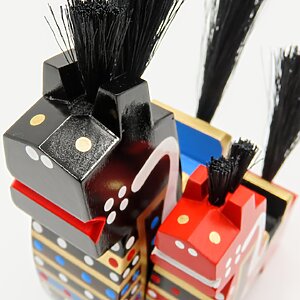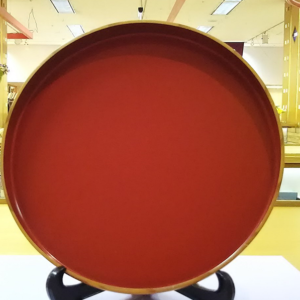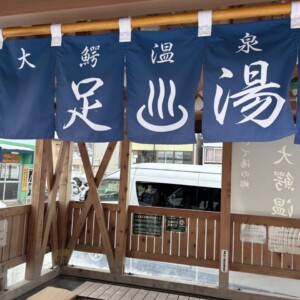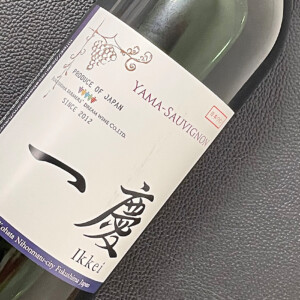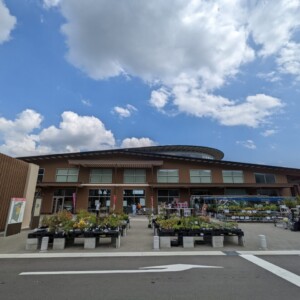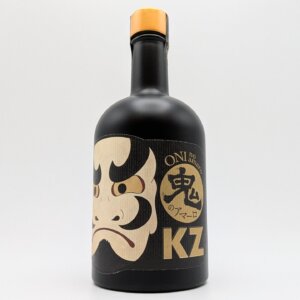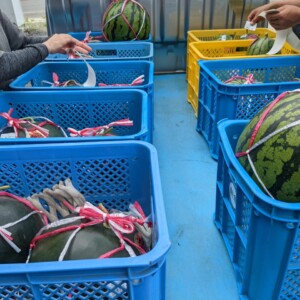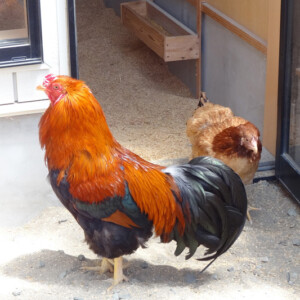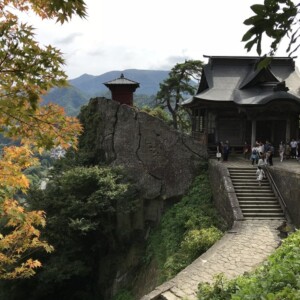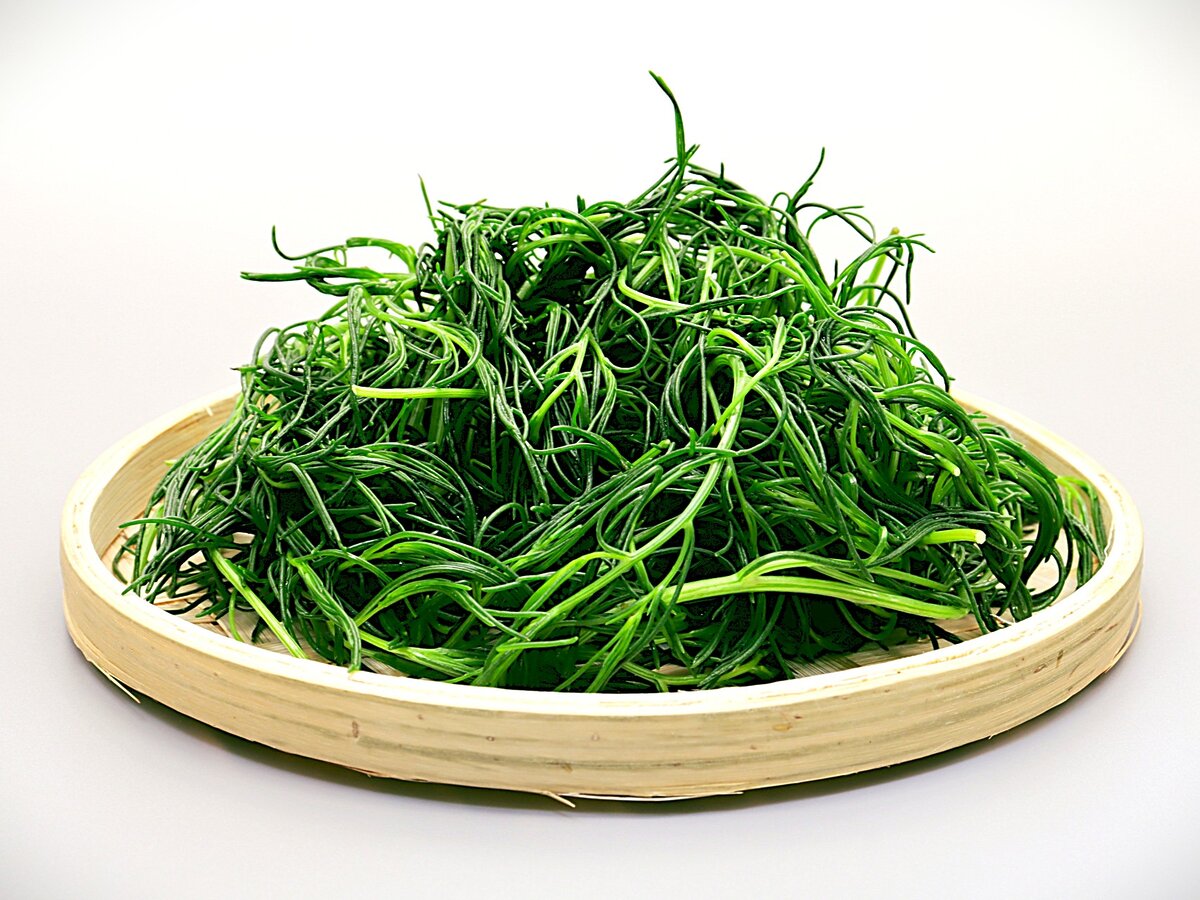
Okahijiki, a traditional vegetable originating from Nanyo City, is a nutritious land hijiki! [Yamagata Prefecture]
table of contents
Okahijiki? Hijiki? You may be wondering what seaweed is called "Oka".
In Nanyo City, Yamagata Prefecture, the hijiki "oka hijiki" made in the fields will add a touch of color to your dining table. We would like to introduce the charms of Okahijiki, which you may not see and hear from outside the prefecture.
Who is Okahijiki?
The roe lily is an annual plant of the roe lily family, and is also known as the miruna (mizumatsuna).
This wildflower grows wild on salty sandy areas, and has also been cultivated as a vegetable in Japan, and since ancient times its young leaves and stems have been eaten.
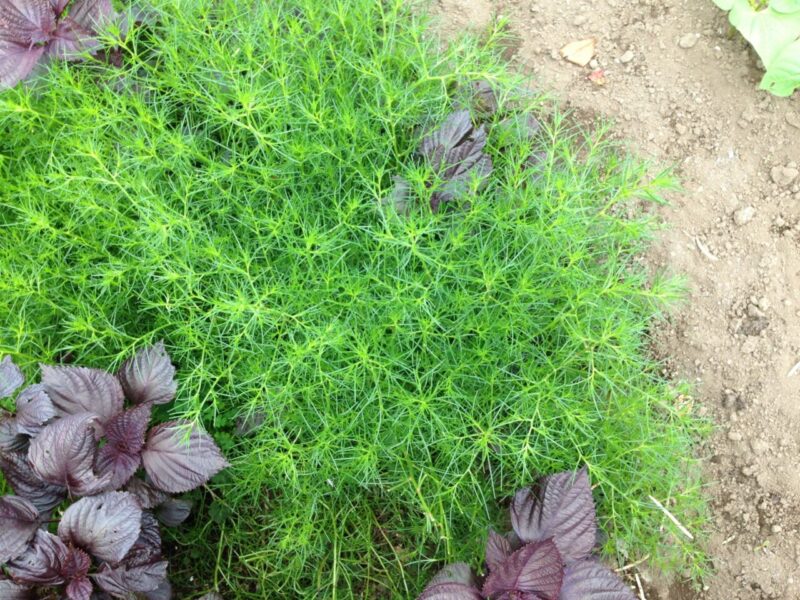
It is said that it came to be called Okahijiki because its leaves resembled the seaweed Hijiki.
It was originally cultivated as a roe horned tree in Sunazuka Village, Nanyo City, Yamagata Prefecture (now Nanyo City), and it was inland, far from the sea.
Why did cultivation spread inland? It is said that during the Edo period, the seeds of the ravenous hornet, which grew wild in Shonaihama in northern Yamagata Prefecture, blended into the ship's luggage, and arrived at Nanyo City, where the dock in the Mogami River Basin was located.
Incidentally, it seems that Japan is the only one growing okarahijiki as a vegetable.
It is mainly grown in houses or tunnels, and if moisture accumulates, people are prone to illness and end up annihilation in overnight. Since it is grown without pesticides and cannot be used, it seems that the struggle and struggle against insects are constantly unavailable.
However, thanks to the hardships of the farmers, we consumers are grateful that we can eat the okara hijiki with peace of mind.
Okahijiki is thin and I wonder if it is nutritious!
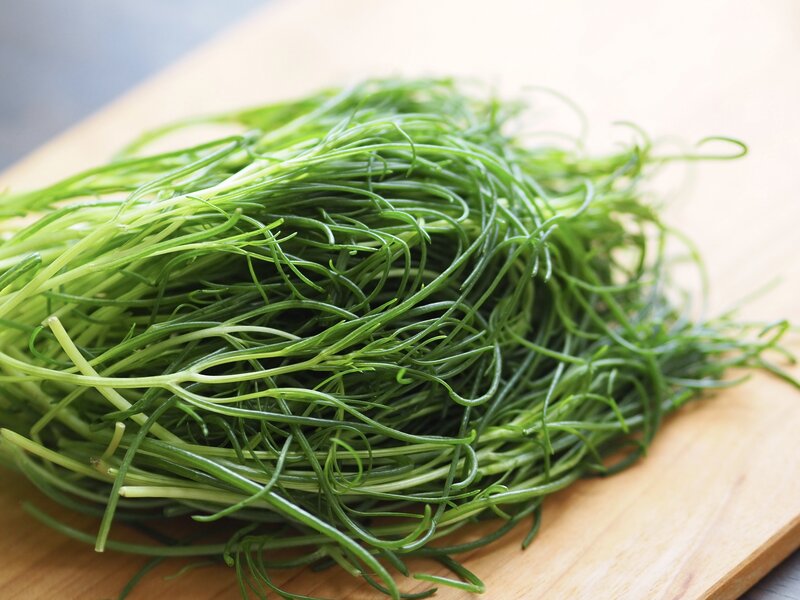
The hijiki a green and yellow vegetable rich in carotene .
It also has the highest potassium content compared to other vegetables, and is rich in calcium, iron, vitamin K, magnesium and manganese.
The leaves are thin and look like they are only stems, but surprisingly, they are nutritious vegetables.
How do I eat it so it's delicious?
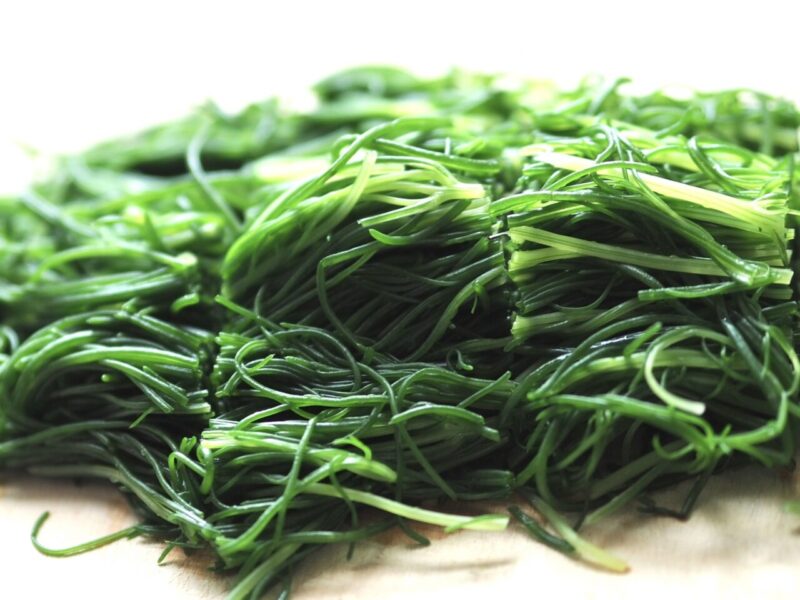
A typical cooking method "soaking" .
It's a simple recipe that only requires soy sauce or mentsuyu, but the crunchiness of the okahijiki is sure to make you addicted
If you add a little mayonnaise, it's very popular with children , and it's even appearing on school lunch menus at local elementary and junior high schools in Nanyo City.
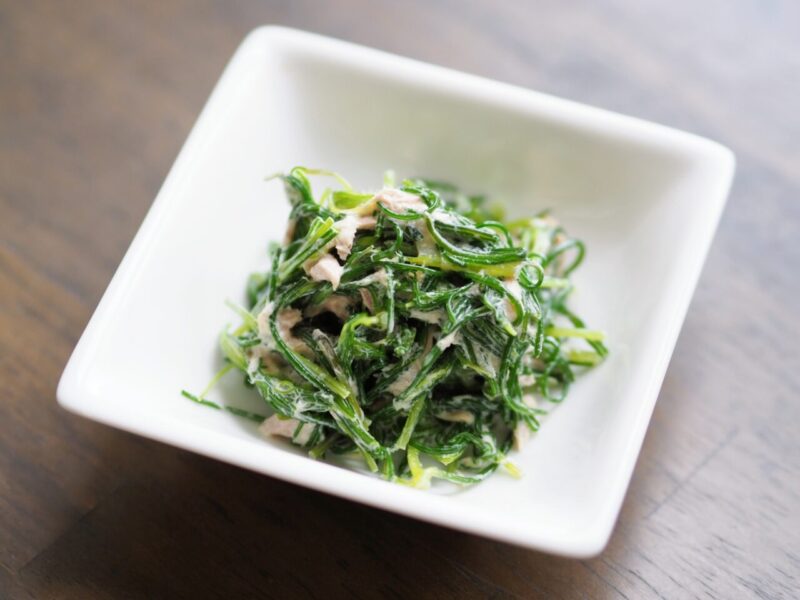
The okahijiki itself has a quirky taste, so when mixed with sea chicken or something, it is also popular increases its nutritional value even further
When used as spicy, it is a popular snack for alcohol. Does it go perfectly with sake in particular? I think so.
In addition, there is a large repertoire such as tempura, stir-fried dishes, and sashimi tama, and it is a traditional vegetable that is very popular in Yamagata Prefecture because it is available in the market for a long time.
How to choose when buying and things to be careful about when cooking
Although it appears that the okara hijiki is rarely shipped outside the prefecture, it is becoming more common in markets in nearby prefectures, and the cultivation itself seems to be spreading throughout the country.
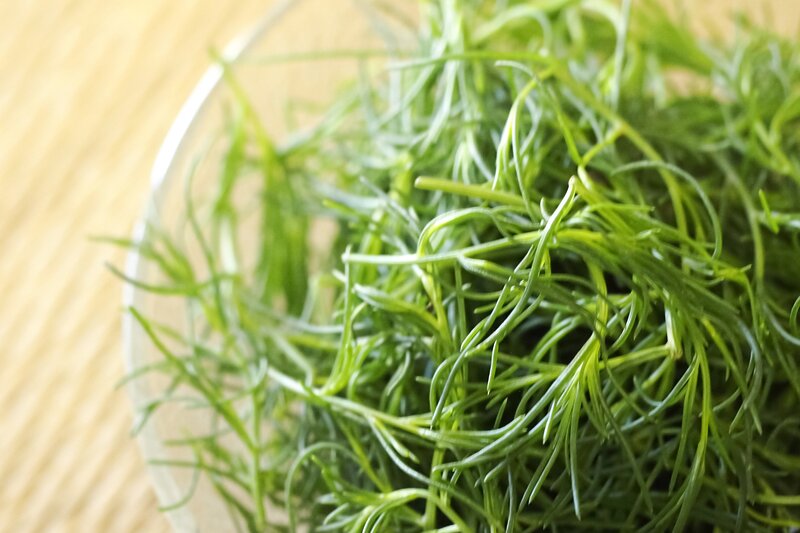
When purchasing, we recommend a smaller one . The reddish areas near the roots are hard and uneasy, so cut them off before cooking.
summary
"Okahijiki"? Just hearing this makes it hard to imagine what it would be like. Since seaweed is common in hijiki, I never thought it was a vegetable.
Looking at the roots of the okara hijiki, it seems that they have been cultivated since the early Edo period to be used as food, and are surprisingly old vegetables.
This vegetable is so loved by the prefecture's residents that it has appeared in school lunches in Nanyo City, its birthplace. Tasty and nutritious oka hijiki. If you have the chance, please try it.




!["Mogami safflower" certified as a Japanese heritage and Japanese agricultural heritage [Yamagata Prefecture] Mogami safflower](https://jp.neft.asia/wp-content/uploads/2022/12/30121446_m-1-150x150.jpg)
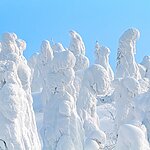
![[Tsuruoka City, Yamagata Prefecture] Tsuruoka's food culture has been passed down for hundreds of years 1470_Zenpoji Temple](https://jp.neft.asia/wp-content/uploads/2023/04/2d6b75e2500adfb8f7b8e6c68a2f7a03-150x150.jpg)
![[Yonezawa City, Yamagata Prefecture] Visit a hot spring connected to the Uesugi family of the Yonezawa Domain 1530_Onogawa Onsen Foot bath](https://jp.neft.asia/wp-content/uploads/2023/05/4ed5d5851f7d92ca3b0ebed3220d6418-150x150.jpg)
![[Yamagata Prefecture] Walking through Tokamachi and Nanokamachi in Yamagata City, where the scent of the Edo period remains Yamagata city from Kasumi Castle Central Observation Room](https://jp.neft.asia/wp-content/uploads/2023/09/26303875_m-150x150.jpg)
![[Yamagata Prefecture] 3 famous waters in Yamagata Prefecture! Yamagata Prefecture is home to blessed water created by snow, mountains, and forests. Yamagata Falls](https://jp.neft.asia/wp-content/uploads/2023/02/9b639100f52e30365f8499a2f4657724-150x150.jpg)
![Has even a wealthy merchant with more wealth than the feudal lord appeared? Sakata's port that was moistened by Kitamae Ship [Yamagata Prefecture] Kitamae boat at Hiyoriyama Park](https://jp.neft.asia/wp-content/uploads/2023/04/4631946_m-150x150.jpg)
![It's so big that the main castle is hazy and you can't see! Yamagata Castle, known as Kasumi Castle [Yamagata Prefecture] Yamagata Castle's main castle, Ichimonji gate](https://jp.neft.asia/wp-content/uploads/2023/08/3261071_m-150x150.jpg)
